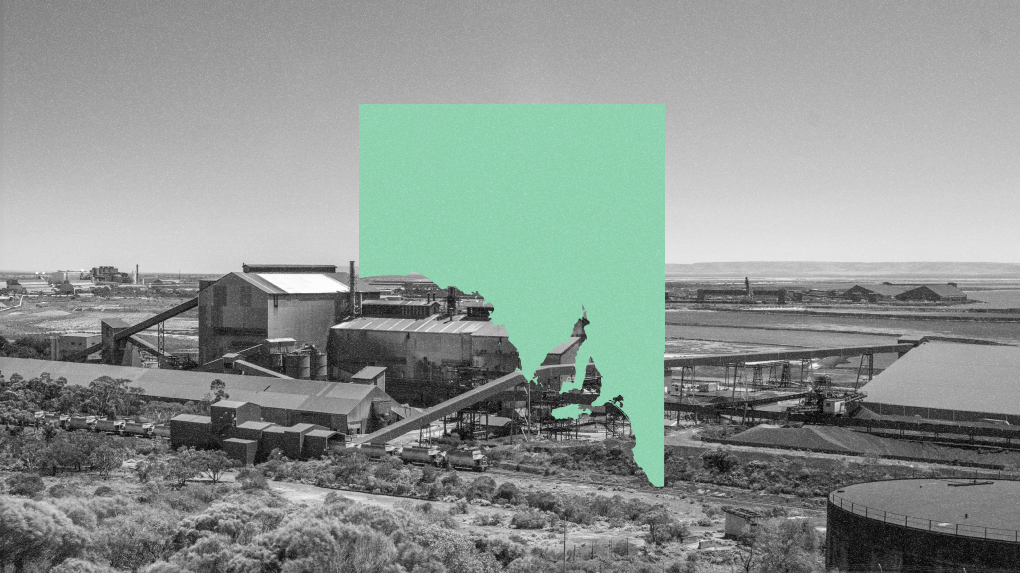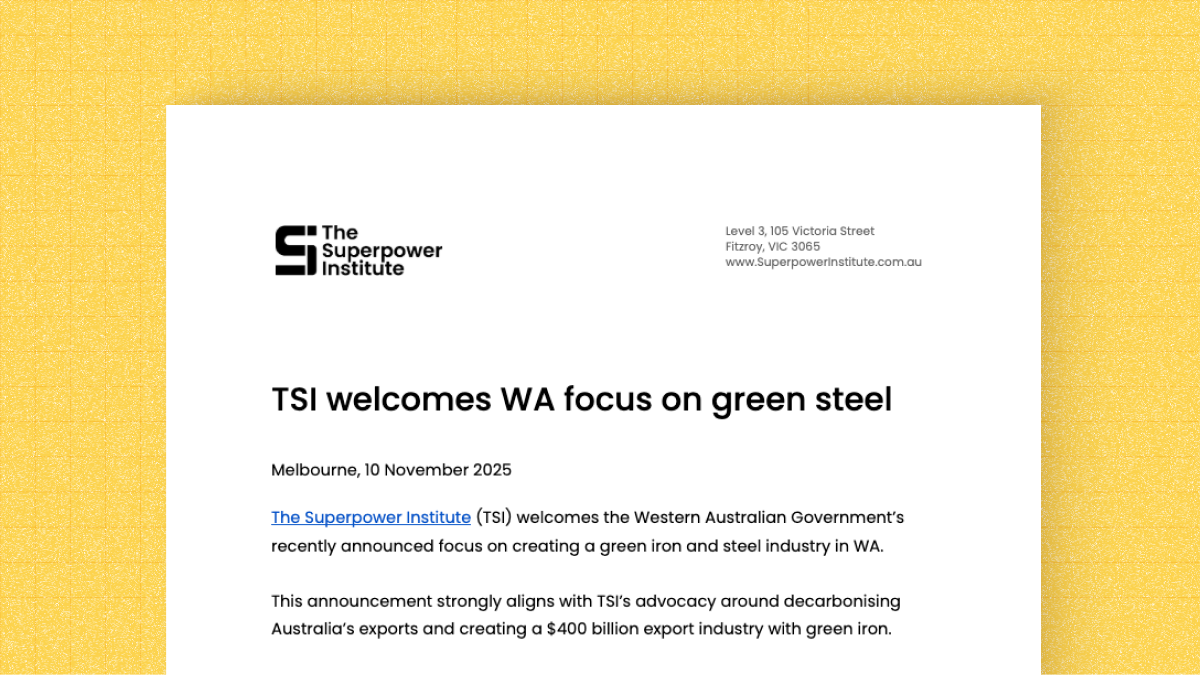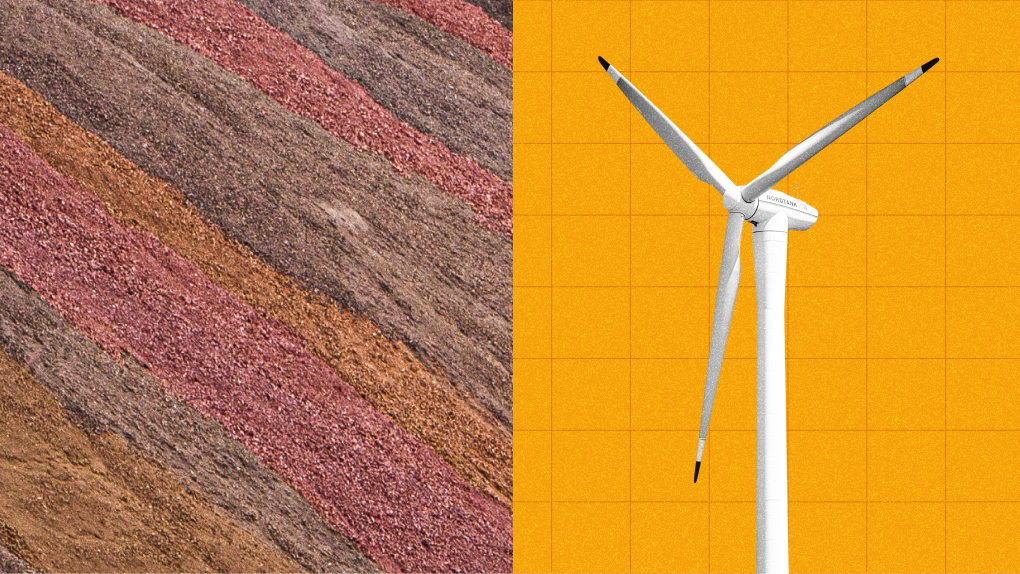Significant headlines were made recently by Fortescue executive chair Andrew Forrest, when he declared the Pilbara was at risk of becoming a ‘wasteland'. Australia's income and employment has thrived on the back of mining and energy exports. How do we continue this in a low carbon world?
One answer is unlocking Australia's green iron potential.
Green iron production is a highly energy intensive industrial process, combining iron ore with green hydrogen made with renewable energy. Green iron can then be used to make steel. This process can replace the widely used but highly polluting ‘blast furnace' process that combines iron ore with coking coal. Fossil fuel based steelmaking contributes nearly 10 per cent of global carbon dioxide emissions.
Most major economies have committed to net zero between 2045 and 2070. It is likely, therefore, that fossil fuel demand will decline sharply over the next few decades. Australia, as the world's largest exporter of coal and gas in combination, faces the largest threat to income posed by a decline in demand for fossil fuels.
Coal and LNG were worth around $160bn in export revenue to Australia in 2023-24. This is around a tenfold increase from the turn of the millennium. If you add iron ore, the value to Australia of these exports is around $300bn. The importance of these exports to economic security is obvious.
Fortunately, the same forces that are likely to drive the decline in fossil fuel demand are the same forces that will drive growth in green commodity demand.
Australia has abundant solar and wind that can be harnessed at low cost. Not every country is as fortunate as Australia, which has a comparative advantage in both fossil and green energy trade.
The value of a large green iron industry to Australia's economic prosperity can be substantial - we estimate export income building to nearly $400bn over time. This will be important for sustained prosperity over the coming generations, contributing significantly to rising incomes and maintaining full employment.
Green iron also offers a large opportunity for Australia to contribute to global decarbonisation. While Australia's total emissions are around one per cent of the world's total, an Australian green iron industry could abate emissions equal to roughly 4 per cent of the global total. Australia can make an outsized contribution to reducing global emissions and do so in a way that is also in our economic interests.
So what needs to be done? Follow sound economics, building on particular parts of the Albanese government's Future Made in Australia policy. Work by the Superpower Institute has demonstrated that three market failures need to be addressed by government for Australia to seize the green iron opportunity.
First, government can level the playing field between green products and fossil fuel products that damage the environment. In a perfect world all countries would price this damage efficiently and the market would guide production to green sources. In the absence of international carbon prices, the Australian government should support green iron production via a production credit. This would be worth around $170 per tonne of iron and would enable green iron produced in Australia to compete with iron made using emissions-intensive coal or gas. Over time, as the world adopts efficient carbon prices, the need for this support would decline.
Second, early producers of green iron will take risks and produce knowledge that subsequent investors will benefit from. The market will not reward those risks efficiently. The government should therefore provide capital grants of 15-30 per cent, depending on the nature of the technology used, to early investors in green iron.
A third role for government is efficient provision of critical common user infrastructure. Much of the supporting transmission, pipelines and storage assets needed to produce green iron will be of a scale that is beyond the investment capacity of single producers. Government can provide certainty either by building public infrastructure or underwriting some risk in select private investments.
Many call for other steps, such as boosting demand for green iron overseas and waiting for an international carbon price. Our proposals make green iron competitive now; the government sets the policy framework, and the private sector invests. We need to move fast to ensure we have projects up and running in a few years. Less talk, more action.
Ingrid Burfurd
Carbon Pricing and Policy Lead
Baethan Mullen
Chief Executive Officer
Baethan Mullen has over 20 years of experience in public policy, economics and advocacy. Prior to joining the Superpower Institute, Baethan was General Manager of Economics & International at the ACCC, and led the largest energy efficiency program in Australia as Executive Director at the Essential Services Commission.





